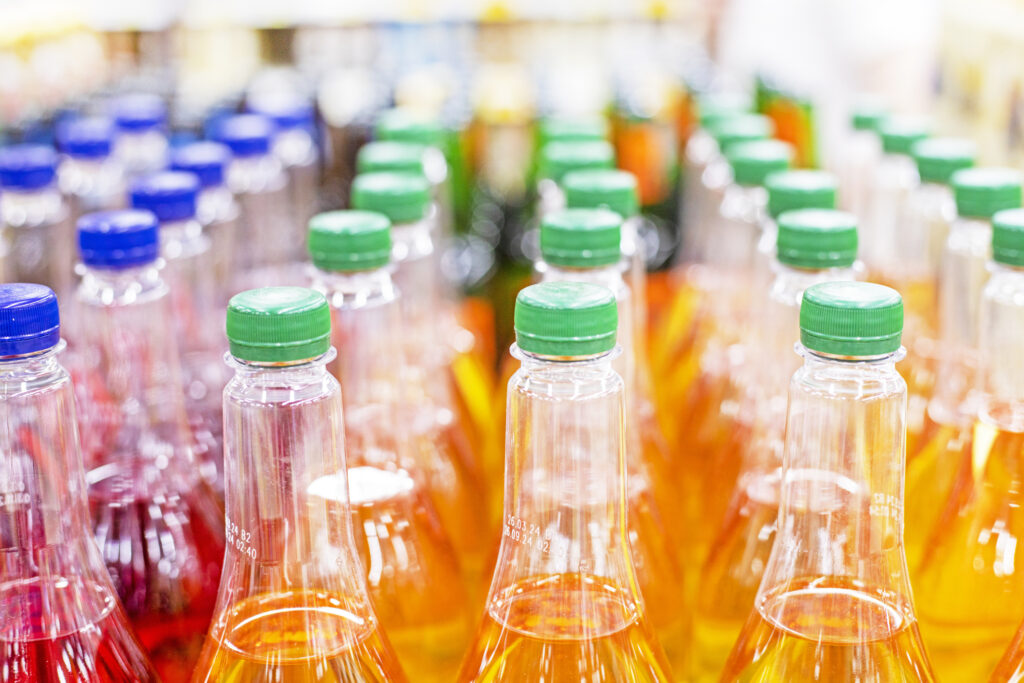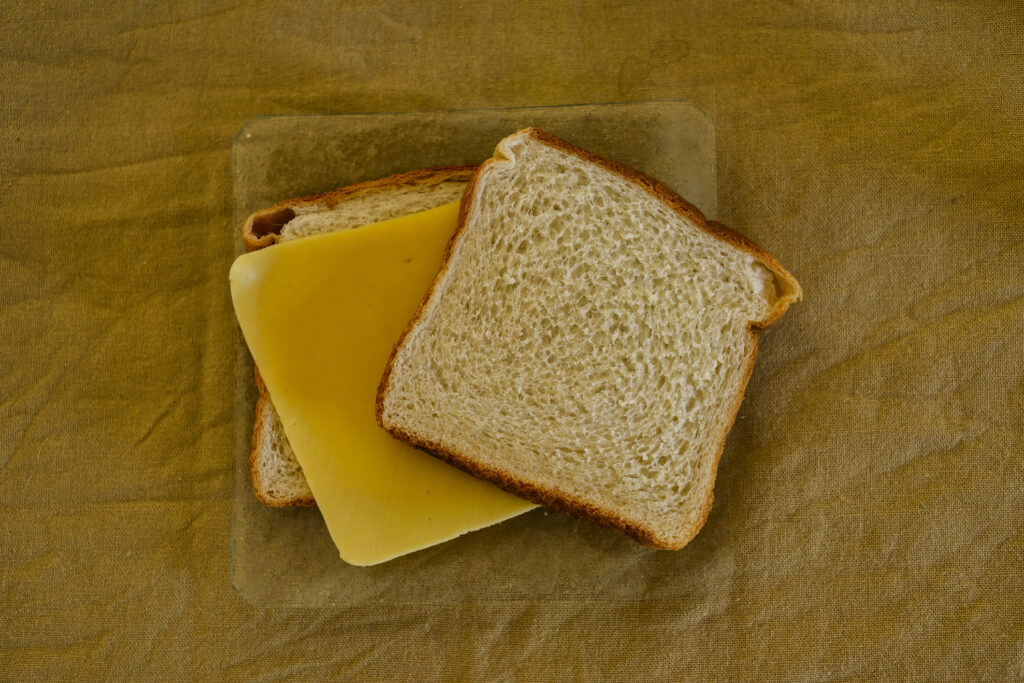13 Foods You Should Never Eat Over 50 – BlackDoctor.org


Throughout life, we often find that our tolerance for certain foods decreases. Our bodies don’t digest some foods like they used to. The foods you used to love when you were a young man or woman might wreck your stomach for hours now, or you might find that just a few pints or glasses of wine sends you over the edge.
Fatty and carb-rich foods become harder to process as we age, mainly because our metabolism slows down and our stomachs and internal organs become less tolerant to overeating.
Here are some foods you may want to stay away from if you are near 50 or over the age of 50:
1. Sweetened yogurts
“Plain yogurt is actually good for you, especially Greek yogurt, which is higher in protein and lower in fat,” says Colleen Christmas, M.D., a geriatrics physician and associate professor of medicine at Johns Hopkins. “For women who need a little extra calcium and vitamin D, [it’s a] good way to get [both] into your bones. But when it’s sweetened, you’ve [taken] a really healthy food and made it unhealthy.”
Research backs her up. A 2023 University of Missouri study found a link between Western diets high in fat and sugar and the development of nonalcoholic fatty liver disease, which can lead to chronic liver disease. Another 2023 study, from the University of Pittsburgh, found that excess sugar may aggravate inflammatory bowel disease.
2. Ramen
Put simply, it’s low in cost but super high in sodium. The problem with ramen noodles is twofold. Refined, stripped pasta means a lack of fiber, which we need as we age to keep our microbiome healthy. The second issue is sodium, says Kristin Kirkpatrick, a registered dietitian at the Cleveland Clinic.
A 2023 study out of Vanderbilt University funded by the National Institutes of Health looked at the impact of sodium intake on blood pressure and found that nearly three-quarters of the participants had lower systolic blood pressure on a low-sodium diet than on a higher-sodium one.
3. “Healthy” veggie chips
“Some folks may believe veggie chips are a healthier version of potato chips, but in reality, they are very similar,” Hill says. “After all, potatoes are a vegetable, too.” She says common veggie chip brands use similar if not the same oils as popular potato chip brands, so the fat content is usually the same.
4. Instant oatmeal packs
Oatmeal on its own is a really healthy food — high in fiber, good for preventing colon cancer. But often the packaged, microwavable ones have added sugar. And older adults should be particularly vigilant about hidden sugars, as the risk for diabetes and prediabetes rises, Shah says.
Added sugars are inflammatory to the body and, if consumed over time, can lead to unfavorable health outcomes,” says Jordan Hill, a registered dietitian with Top Nutrition Coaching. “The American Heart Association recommends women limit added sugar to 25 grams a day and men to 36 grams a day.”
5. Frozen pizzas
Many ultra-processed foods like “meat lovers” frozen pizzas add food coloring, sodium, preservatives and other hard-to-pronounce additives to make consumers happy. And that’s not good for you.
A study in the journal Neurology found that eating ultra-processed foods was associated with a higher risk of dementia among more than 72,000 participants age 55 and older. And a Brazilian study of more than 10,000 middle-aged adults found that those whose daily calories were more than 20 percent from processed foods saw a faster decline in memory and organizational skills.
6. “Protein” Bars
Adding the word “protein” can make any bar sound like a healthy snack, but don’t be fooled. Too often that protein bar is really just an incognito candy bar loaded with calories and too much added sugar. Read the labels and avoid the ones that are just glorified candy bars. Christmas’ rule of thumb: “You should be able to identify all of the ingredients on the label. They should all sound like foods to you and not chemicals.” (Some brands even tout the short list of “real” ingredients on the front of their packages.)
7. Bottled marinades for meat/fish/other proteins
You definitely need to marinate your meat, chicken and fish because the acids help break down the protein so it cooks faster and better, and marinades give your food flavor. But they have more sugar, more fat, more salt … and you really don’t get a lot of bang for your buck.

8. Sweetened bottled teas
“It’s not the caffeine that is bad for people,” Shah says. “It’s all the sugar added in.” And watch out for misleading labels. “Just because a drink says ‘pure’ or ‘green tea’ or ‘honey’ doesn’t mean it has less sugar,” Rosenbloom says. Teas touting their organic cane sugar, coconut sugar or raw sugar? “Sugar is sugar,” she says.
Sugary drinks aren’t just bad for the waistline. A 2022 University of South Carolina study of more than 90,000 women found that those who drank at least one sugary beverage a day had a 78 percent higher risk of developing liver cancer.
9. White bread
White bread is a processed food that can be unhealthy due to its additives and highly processed flour. It can contain low-quality carbs, added sugar, salt, and sugar substitutes, which can cause blood sugar spikes and contribute to obesity, heart disease, and diabetes. White bread is also considered an “empty calorie” because it’s high in calories and sugar but provides little nutritional value.
Consuming too much white bread can contribute to obesity, heart disease, and diabetes. However, buying bread with the word “whole” as the first ingredient still does not guarantee a healthful product.
10. White Chocolate
Compared with its confectionary cousin dark chocolate, white chocolate can claim little to no health benefits, says Jim White, RDN, a dietitian, personal trainer, and owner of Jim White Nutrition and Fitness Studios in Virginia Beach, Virginia. In fact, white chocolate isn’t even chocolate. “It’s mostly vegetable fat and added sugar,” White says, which explains why a 3-oz bar of white chocolate contains about 458 calories, 27 g of fat, and 50 g of sugar, per the USDA.
Dark chocolate, on the other hand, contains cocoa solids, which boast lots of beneficial antioxidants called flavanols, which are linked to a lower risk for heart disease, according to the AHA. Flavanols also help lower blood pressure by relaxing the blood vessels and improving blood flow.
11. Ribeye Steak
I know, I know. No man, or person really wants to hear that you shouldn’t eat steak. But the truth is, it depends on what kind of steak you choose to eat.
Depending on how it’s cooked, “rib-eye is one of the fattiest meats,” says Deepak Talreja, MD, a cardiologist at Sentara Cardiology Specialists in Norfolk, Virginia. “It’s marbled with fat and gristle.” In fact, a 4-oz boneless rib-eye steak can provide 19 g of fat, much of it saturated, notes the USDA.

12. American Cheese
I’ve been saying this for years, but that orange stuff that usually sticks out the sides of cheeseburgers and oozing out of grilled cheese sandwiches isn’t actually cheese. It’s a food that contains cheese, plus a host of non-cheese ingredients, which can include oils, milk fat, starch, salt, and preservatives, plus emulsifiers — molecules used to give it a glossy, smooth texture and help everything bind together.
To know how much cheese is in a particular brand of American cheese, check the label. If it contains at least 51 percent cheese, the Code of Federal Regulations from the U.S. Food and Drug Administration allows it to legally be called a “cheese food.” If it contains even a little less cheese it must be labeled a “cheese product.”
The truth is that these are highly processed foods that you need to avoid. Stick to 100% real cheese. It might cost more, but its worth it in the end.
13. ‘Low-fat foods’
Why cut out ‘low-fat foods’?
Because these often compensate by adding more sugar.
This scientific study confirmed that low-fat foods were often laden with more sugar than their standard counterparts.
If you look carefully at low-fat alternatives to yoghurts, cereal, ice cream and other foods marked as ‘low-fat’, then you’ll likely notice that they’re certainly not lacking in sugar.
This isn’t a blanket rule; some low-fat foods are fine, but always check the packaging to see if the manufacturer compensated by loading them up with sugar.
The term ‘low-fat’ is a marketing term, and whilst it should indicate genuinely low-fat content, it doesn’t give away much about the overall nutritional profile of the food or drink.




